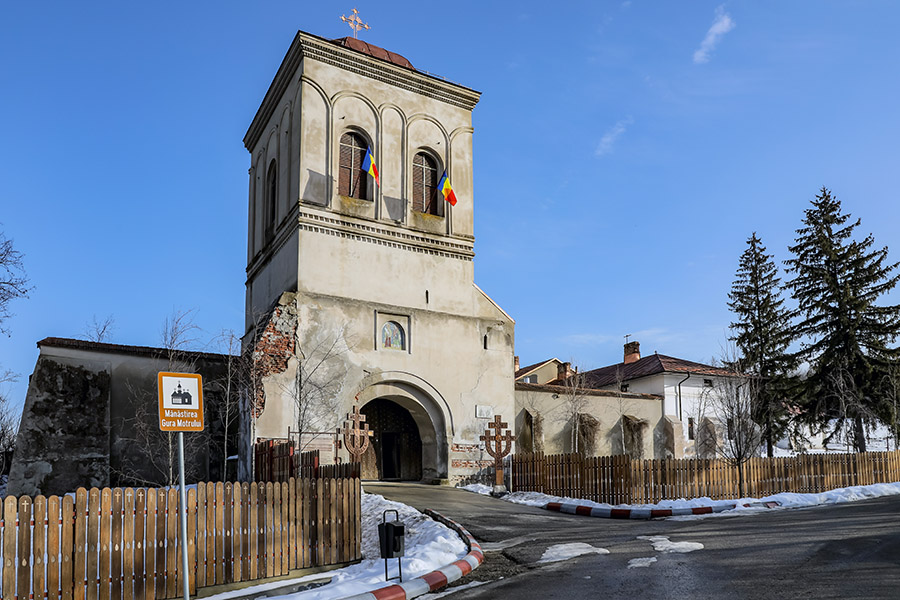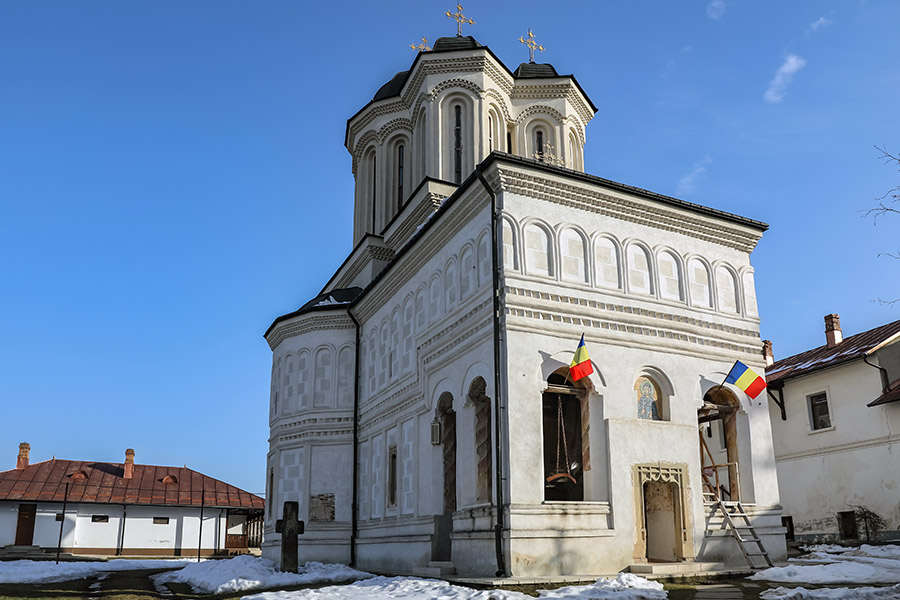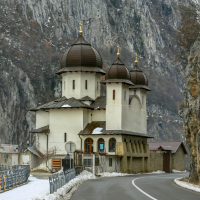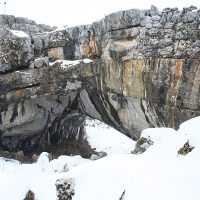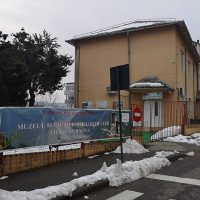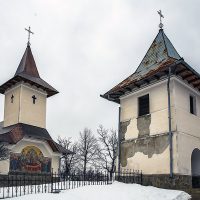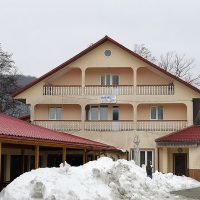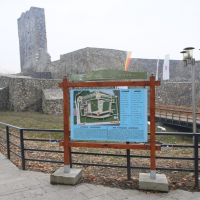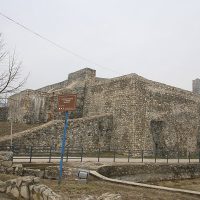








Tradition attributes it to Saint Nicodemus of Tismana and the founding of this monastery, known today as Gura Motrului. At the same place, Harvat Logofătul will erect a monastery before January 15, 1515. Over time, the place was damaged and disappeared, so that the current church of the monastery was built during Matei Basarab, in 1653, by Preda Brâncoveanu, the grandfather of the voivode Constantin Brâncoveanu, probably on the footsteps of the old one. The holy place was not completely finished, however, because the painting was only performed in the years 1702-1705, under the care of Constantin Brancoveanu. In the 18th century, the monastery experienced a period of decline. The Turks continued to harm the holy place, the robbery expeditions from the south of the Danube (especially between 1719-1738, when Oltenia was under Habsburg rule) often reaching the Gura Motrului monastery). Even after 1738, the monastery did not enjoy too much security, as a document of November 12, 1792 shows, according to which the Gura Motrului monastery had deposited the documents of its estates at the Hurezi monastery. More earthquakes, fires, and also the involvement in the Revolution of 1821 further ruined the settlement. Between 1832-1858, abbot of the holy place was the learned Archimandrite Euphrosin Poteca. After the secularization of the monastery assets (1863), the Gura Motrului monastery became a mere parish church of Gura Motrului parish. In 1892, a fire consumed much of the church’s chapel (of linden wood, golden). After several repairs, in 1943, the monastery reopened, becoming a settlement for nuns. In 1960, following the application of Decree no. 410/1958, almost all the nuns were expelled from the monastic community. Even so, in the period 1981-1989, the Metropolitan Church of Oltenia executed a series of restoration works. In 1990, the sanctuary was reopened as a settlement for monks.
Download PDF